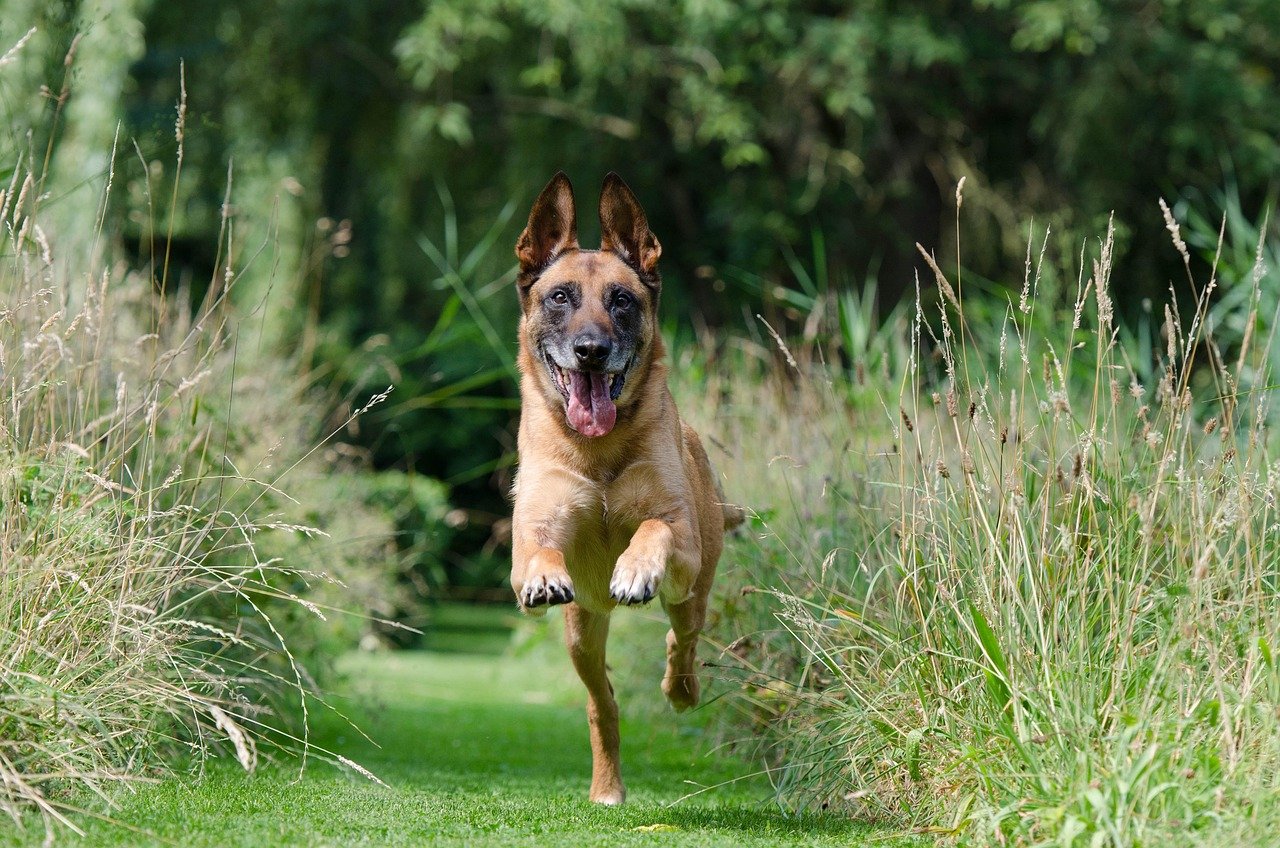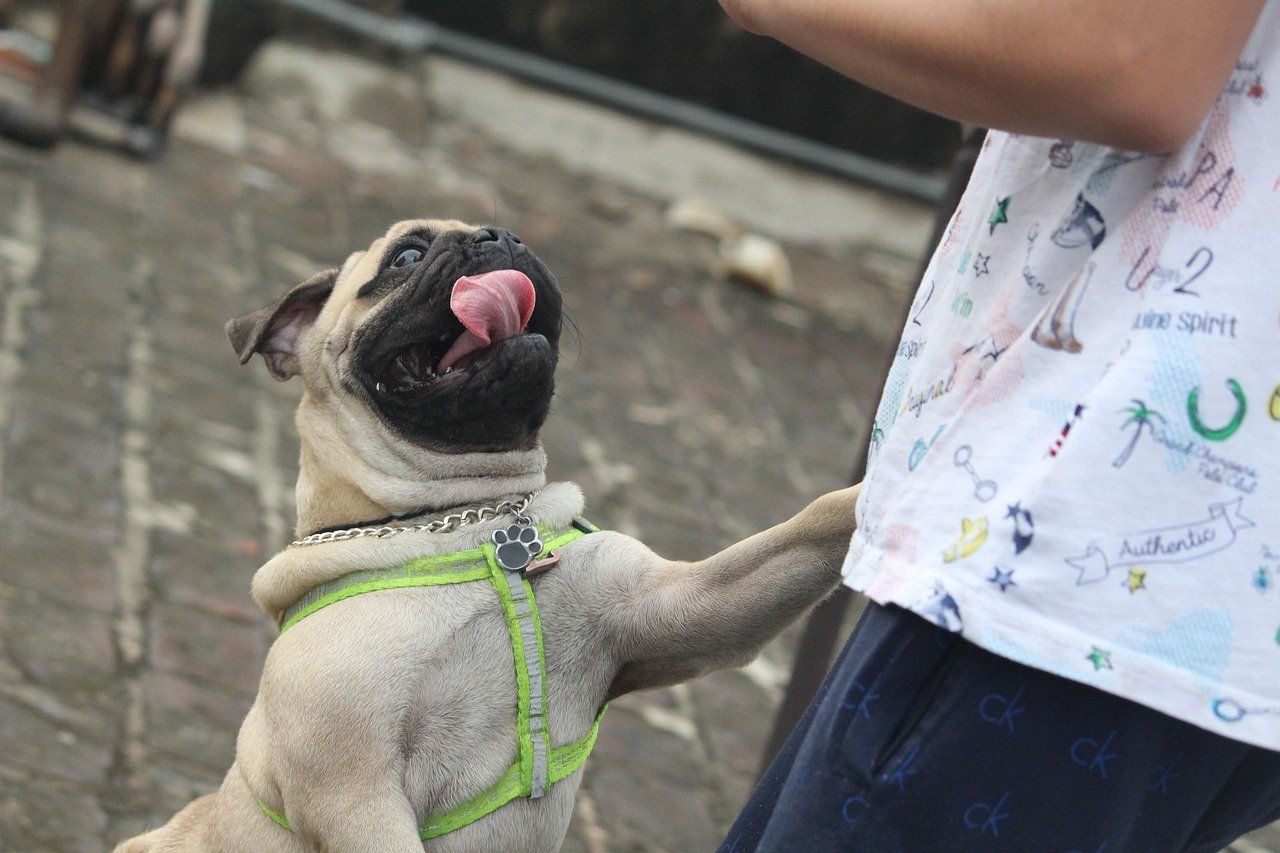Have you ever watched those picture-perfect dogs on TV and thought, “Why can’t my dog just listen like that?” If you have, you’re not alone. Many dog lovers start out with high hopes, only to find themselves tangled in leashes, frustrated by barking, or dealing with a stubborn pup who’s got a mind of their own. The truth? Some obedience problems run far deeper than they seem. They test your patience, creativity, and sometimes—let’s be real—even your sanity. But you’re not the only one facing these struggles, and understanding what you’re up against is the first step to making things better.
Poor Recall: When “Come Here” Means “Catch Me If You Can”

It sounds so simple: call your dog and they should come running—right? In reality, teaching a dog to reliably return when called is surprisingly tough. The world is full of exciting distractions, from squirrels in the park to the neighbor’s barbecue smells. For many dogs, coming when called just doesn’t seem nearly as interesting as whatever else is capturing their attention. Even with treats and praise, some pups will test your patience for months. Consistent practice is required, and even then, some dogs will only come when it suits them.
Adding to the challenge is the fact that recall isn’t just about hearing the word “come.” It’s about trust, safety, and building a habit that sticks even in high-stakes situations. A dog that ignores a recall could dash into traffic or get lost. This skill takes time, creativity, and sometimes a little bit of luck. The moment your dog finally turns on a dime and runs back to you feels like winning the lottery—because you know how much effort it took to get there.
Leash Pulling: The Tug-of-War Nobody Wins

Walking a dog should be relaxing, but for many, it turns into a full-body workout. Pulling on the leash is one of the most common and stubborn obedience issues out there. Dogs naturally want to explore, and that means surging ahead to sniff, greet, and chase. Even after weeks of “heel” commands and special harnesses, some dogs act as though the leash is a starting pistol at a race.
The real challenge is teaching your dog that walking beside you is just as rewarding as leading the way. This requires endless repetition and a lot of patience. Every walk becomes a training session, and setbacks can happen overnight—one exciting squirrel and you’re back to square one. Many owners underestimate just how much time and consistency it takes to turn pulling into polite walking.
Jumping Up: The Unwanted Welcome Party

Dogs jump up because they’re excited, but it’s not always endearing—especially when muddy paws land on clean clothes or a toddler gets knocked over. You’d think a firm “down” would do the trick, but breaking this habit is harder than it looks. Dogs repeat what gets attention, even if it’s negative. Pushing them away or scolding them can sometimes make the behavior worse.
The real fix means teaching your dog that calm greetings get rewards, while jumping gets ignored. This takes coordination from everyone the dog meets. One slip-up—a friend who laughs and pets your jumping dog—can undo weeks of training. It’s a classic case of a simple problem that needs a complex, consistent solution.
Barking at Everything: The Never-Ending Soundtrack

Some dogs seem to think it’s their calling to narrate every noise, movement, or visitor. While barking is a natural form of communication, excessive barking can quickly become an issue. Trying to “shush” a determined barker often feels like shouting into the wind. The more you react, the more your dog might bark, thinking they’re just doing their job.
Solving this problem means figuring out what’s triggering the barking and addressing the root cause—not just the noise itself. This might mean more exercise, mental stimulation, or desensitization to certain sounds. It’s a slow process, and progress can be undone by a single unexpected delivery truck or a new neighbor’s cat.
Counter Surfing: The Kitchen Crime Spree
If you’ve ever turned your back for a moment only to find your sandwich missing, you know the frustration of counter surfing. Dogs learn quickly that kitchen counters sometimes offer delicious surprises. Once this habit starts, it’s incredibly hard to break, because the rewards (like a whole roast chicken) are so exciting.
Training a dog to stay off counters means you have to be more consistent than your dog is clever. It’s about removing temptation, rewarding good behavior, and never letting your guard down. Even one “success” can reinforce the bad habit, so you end up playing a never-ending game of kitchen security guard.
Ignoring Commands: Selective Hearing at Its Finest

Some dogs seem to have mastered the art of pretending they can’t hear you—especially when it’s time to come inside or leave the dog park. While it’s tempting to think they’re just being stubborn, the reality is often more complicated. Dogs need clear, consistent commands and plenty of motivation to listen, especially when the alternative is much more fun.
This issue isn’t just about teaching commands; it’s about making yourself more interesting than everything else. That’s a tall order when the world is full of thrilling distractions. Some days, you feel like a circus performer doing tricks just to get your dog’s attention. Progress is possible, but it’s rarely as quick as you hope.
Separation Anxiety: The Meltdown When You Leave
Dogs are social animals, and some simply can’t handle being left alone. Separation anxiety isn’t just a little whining—it can mean destructive behavior, accidents in the house, and heartbreaking stress for your pet. It’s one of the most misunderstood and difficult issues to fix, because it’s rooted in emotion, not disobedience.
Solving this problem often takes months of gradual desensitization, creating positive associations with being alone, and sometimes even professional help. Quick fixes don’t work here. It’s a slow, sometimes painful journey, but helping your dog feel safe when you’re gone is worth every ounce of effort.
Resource Guarding: Protecting the Precious
When a dog growls or snaps to protect their food, toys, or even a favorite spot, it’s called resource guarding. This issue can be frightening and dangerous, especially in homes with kids or multiple pets. Many people don’t realize how serious it can be until it happens in a high-stress moment.
Addressing resource guarding means understanding your dog’s fears and teaching them that sharing isn’t scary. This is delicate work, often requiring professional guidance. Progress comes slowly, and mistakes can set things back. It’s not just about obedience—it’s about trust, safety, and building a peaceful household.
Chasing: The Irresistible Urge
Some dogs just can’t resist the thrill of the chase—whether it’s squirrels, cars, or joggers. Trying to stop a dog mid-chase can feel like trying to hold back a tidal wave. The instinct is strong, and once a dog is locked in, it’s almost impossible to break their focus.
Teaching a reliable “leave it” or recall in these moments is one of the hardest feats in dog training. It requires endless practice, patience, and sometimes creative management like fenced yards or long leashes. Even with training, some dogs will always have a bit of that wild chase in their hearts.
Begging at the Table: The Unwelcome Dinner Guest
It starts innocently—just one little scrap from your plate. Before you know it, you’ve got a furry face staring at you every time you sit down to eat. Begging is a hard habit to break, especially when family or guests sneak food under the table.
The real challenge is consistency. Every person who gives in sets the training back. Teaching your dog to settle elsewhere during meals takes time and discipline—not just from the dog, but from everyone in the house. It’s a classic example of a problem that sounds easy to fix, but isn’t.
Obedience issues may seem straightforward on the surface, but as we’ve seen with these 10 common problems, many run deeper than simple disobedience. Factors like fear, lack of consistency, or unmet needs often drive behaviors that are stubbornly resistant to quick fixes. While these challenges can be frustrating, they’re not impossible to overcome—with time, patience, and the right strategies, real progress is achievable. The key is understanding your dog’s perspective and working with them, not against them. In the end, tackling these tough issues can lead to a stronger, more trusting bond—and a happier life for both of you.

Andrew Alpin from India is the Brand Manager of Doggo digest. Andrew is an experienced content specialist and social media manager with a passion for writing. His forte includes health and wellness, Travel, Animals, and Nature. A nature nomad, Andrew is obsessed with mountains and loves high-altitude trekking. He has been on several Himalayan treks in India including the Everest Base Camp in Nepal.






